
Fueling Your Garden: A Simple Guide to Fertilizing
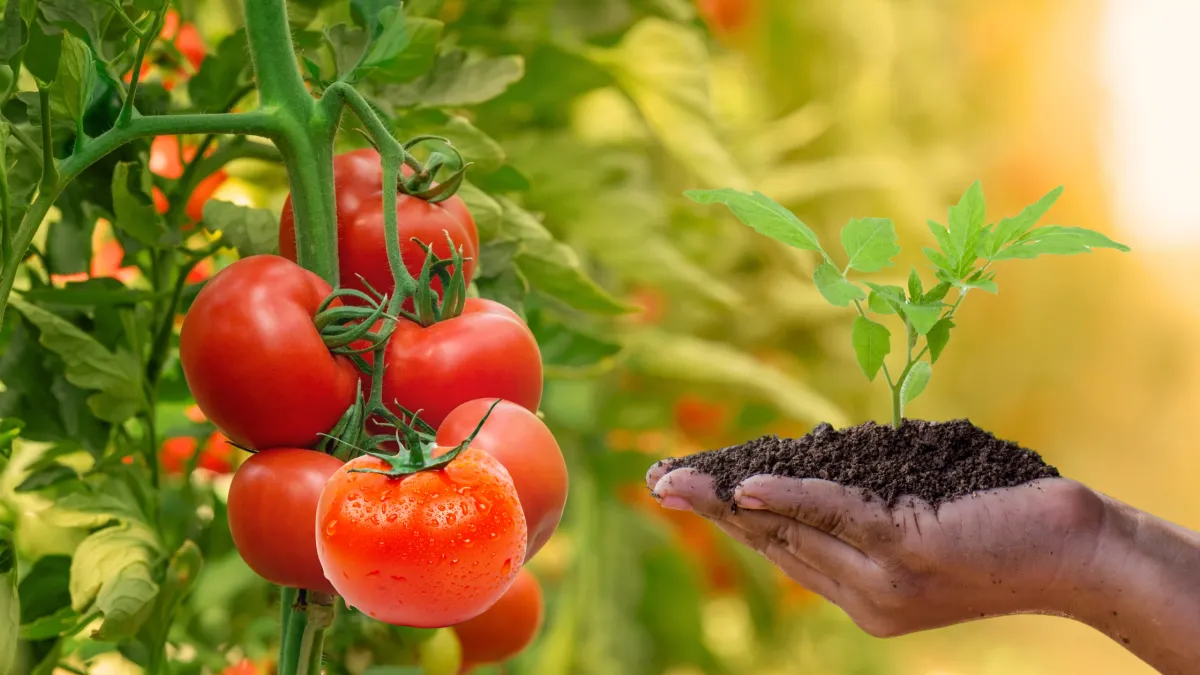
Just like us, our garden plants need food to grow big, strong, and produce delicious harvests! This "food" comes from nutrients in the soil, and when the soil doesn't have enough, we use fertilizers to help. Think of fertilizers as a vitamin boost for your plants! They come in two main types: those that primarily feed the plant, and those that focus on feeding the soil (which in turn feeds the plant).
The Big Three: N-P-K
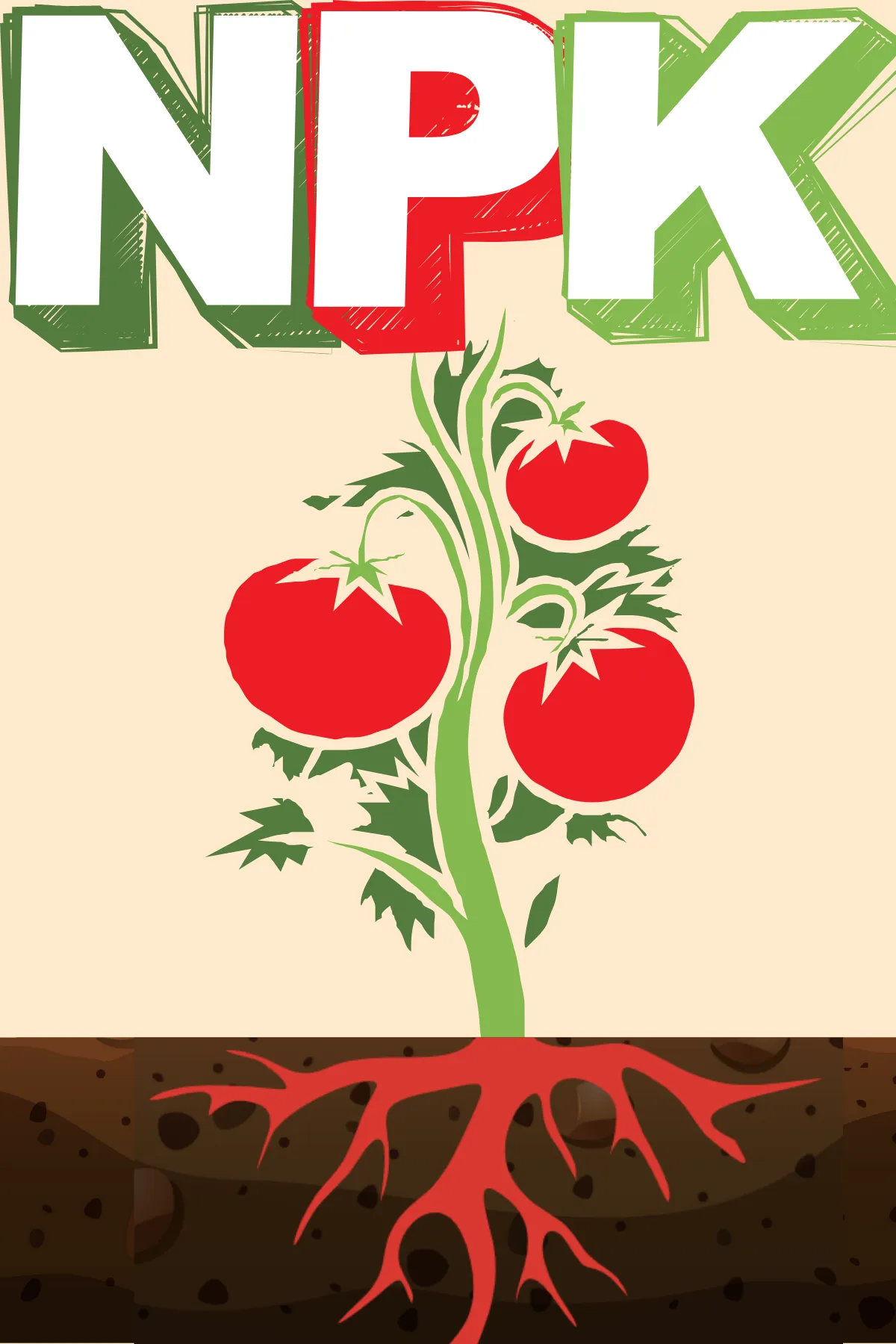
You've probably seen three numbers on fertilizer bags, like "10-10-10" or "5-0-0." This is the N-P-K ratio, and it tells you the percentage of the three most important nutrients:
N (Nitrogen):
This is for lush, green, leafy growth. Think spinach, lettuce, or the healthy foliage of your tomato plants. Nitrogen is especially important in spring when plants are just starting to grow.
P (Phosphorus):
This helps with strong roots, abundant flowers, and good fruit and seed development. It's the "energy" nutrient that helps plants create blooms and produce food. You'll want good phosphorus for peppers, tomatoes, squash, and other fruiting vegetables.
K (Potassium):
Often called the "quality" nutrient, potassium helps plants resist diseases and drought, and improves the overall quality of fruits. It's like the plant's general manager, keeping everything running smoothly.
Fertilizers with equal numbers (like 10-10-10) are "balanced" and provide a good all-around feed. If a fertilizer has a high first number (like 12-0-0), it's high in nitrogen.
What About the Others?
Plants also need smaller amounts of other important nutrients, sometimes called "secondary macronutrients" (like Calcium, Magnesium, Sulfur) and "micronutrients" or "trace elements" (like Boron, Iron, Zinc). These are vital for various plant functions, from strong cell walls to photosynthesis. The best way to ensure your plants get all these minor nutrients is through healthy soil, rich in organic matter!
Organic vs. Synthetic Fertilizers
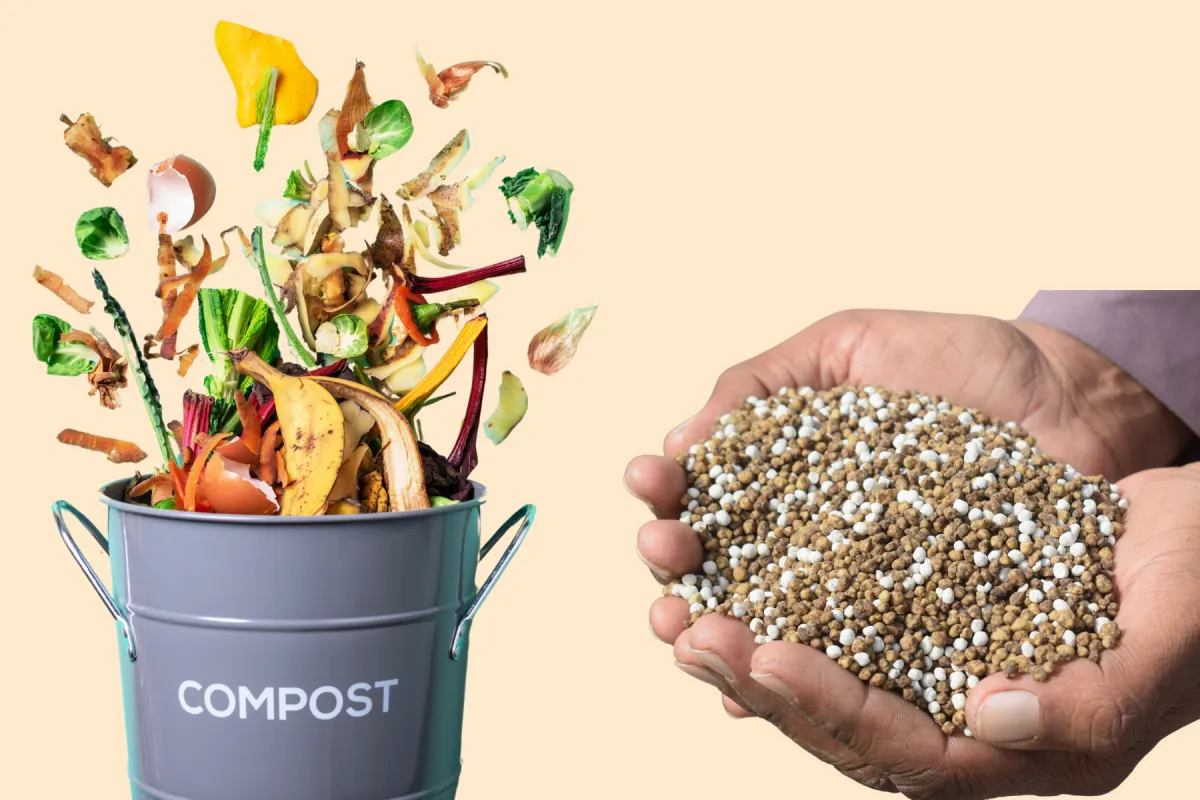
You'll find two main types of fertilizers:
Organic Fertilizers:
These come from natural sources like compost, manure, or bone meal. They Feed the Soil: organic fertilizers focus on building a healthy soil ecosystem, improving soil structure, water retention, and encouraging beneficial microbes. Slow & Steady: nutrients are released slowly as microbes break them down, providing a consistent food supply and reducing the risk of "burning" your plants.
Examples:
Compost:
The ultimate soil builder, made from decomposed kitchen scraps and yard waste.
Composted Manure:
Rich in nutrients and great for improving soil.
Bone Meal:
Good for roots and blooms (high in Phosphorus).
Blood Meal:
Provides a quick boost of Nitrogen for leafy growth.
Fish Emulsion:
A fast-acting liquid organic fertilizer, great for a quick boost.
Worm Castings:
"Black Gold" packed with nutrients and beneficial microbes.
Coffee Grounds:
Adds organic matter and a small amount of nutrients, great for acid-loving plants.
Banana Peels:
A slow-release source of potassium.
Alfalfa Meal:
A balanced, slow-release amendment.
Wood Ash:
Good source of potassium but use sparingly as it's very alkaline (raises soil pH).
Synthetic (Inorganic) Fertilizers:
These are chemically manufactured and have both advantages and disadvantages:
Quick Boost:
They provide nutrients to plants immediately.
No Soil Building:
They don't add organic matter or feed the beneficial microbes your soil needs for long-term health.
Frequent Application:
Nutrients are used up quickly, so you need to apply them more often.
Potential for Burn:
It's easier to over-fertilize and harm your plants with synthetics.
For a healthy, sustainable garden, we highly recommend focusing on organic fertilizers and building rich soil!
When and How to Fertilize
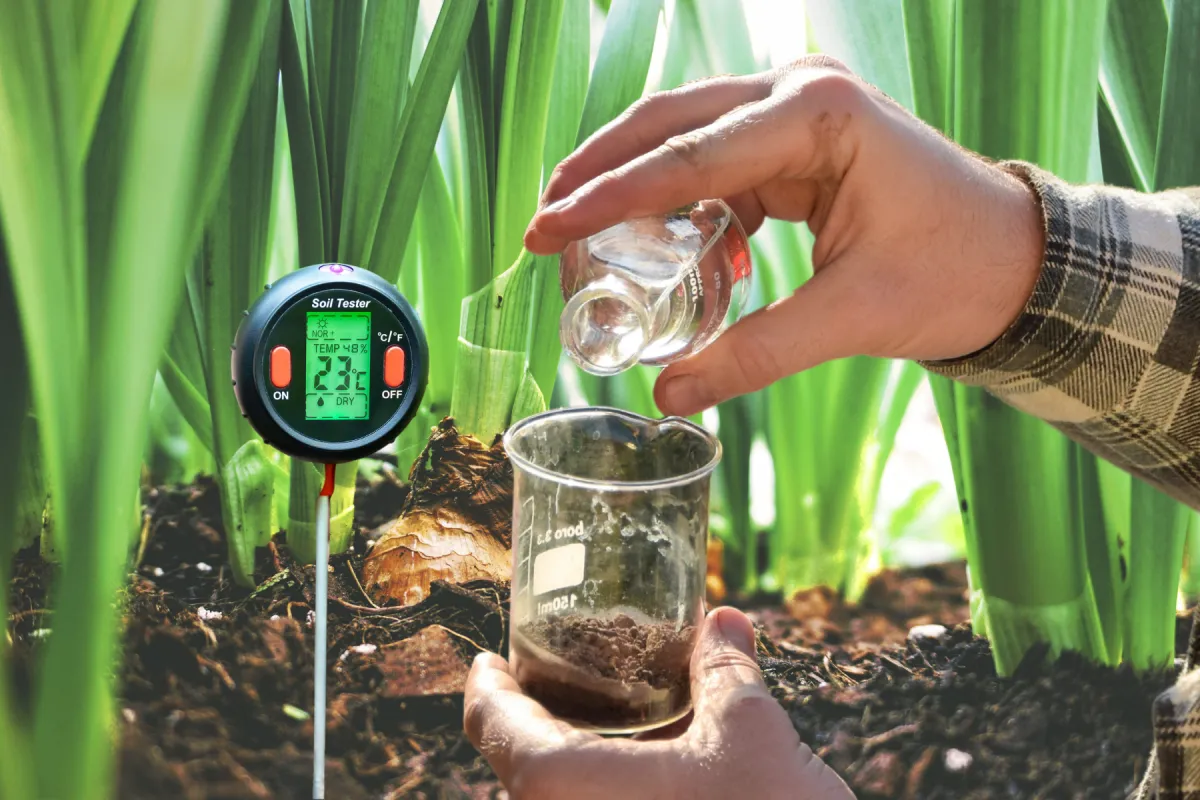
The best way to know what your soil needs is to get a soil test. This tells you exactly what nutrients are missing and what your soil's pH is.
Soil pH:
This is super important! It's how acidic or alkaline your soil is, and it controls how easily plants can access nutrients. Most garden plants prefer a slightly acidic to neutral pH (between 6.0 and 7.0) for optimal nutrient uptake. You can get a reliable test from your local university's Cooperative Extension program.
General Timing to Fertilize:
Spring: Many plants benefit from a feed in early spring when they start actively growing.
Mid-Season: Heavy feeders like vegetables might need another boost during the growing season, especially as they start to produce fruit. Liquid organic fertilizers like fish emulsion are great for this.
Fall: Fall can be good for root growth, but stop fertilizing too late to avoid frost damage.
Key Tips:
Always water plants thoroughly before applying fertilizer to prevent "root burn." Don't fertilize stressed plants. Read the label! Always follow the product's instructions. Avoid runoff. Don't apply fertilizer on hard surfaces or frozen ground.
The Bottom Line:
Feed Your Soil! Remember, fertilizers feed the plant, but organic matter (like compost) feeds the soil. By regularly adding compost and other organic materials, you build a living, breathing soil that naturally provides nutrients, retains water, and resists disease. This leads to healthier, more productive plants with less work in the long run.
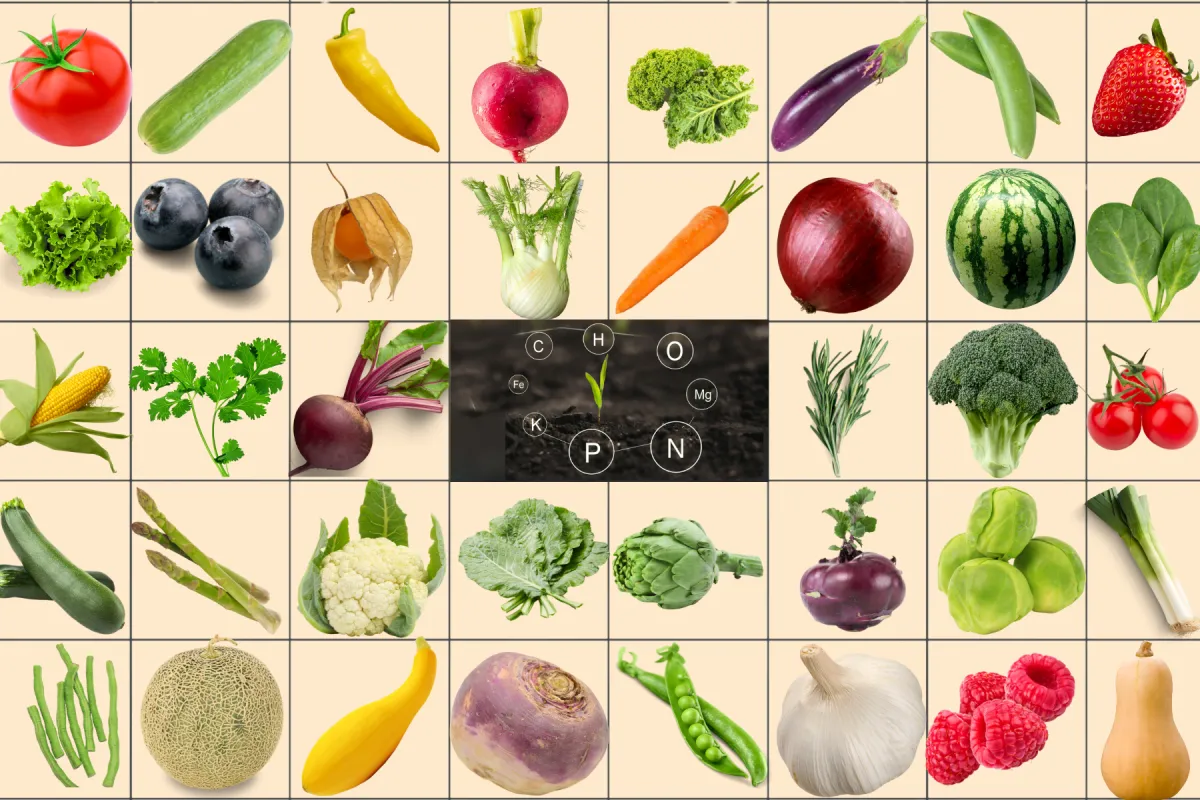

FOLLOW US
LEGAL
Copyright 2025. A Better Choice Homestead. All Rights Reserved.